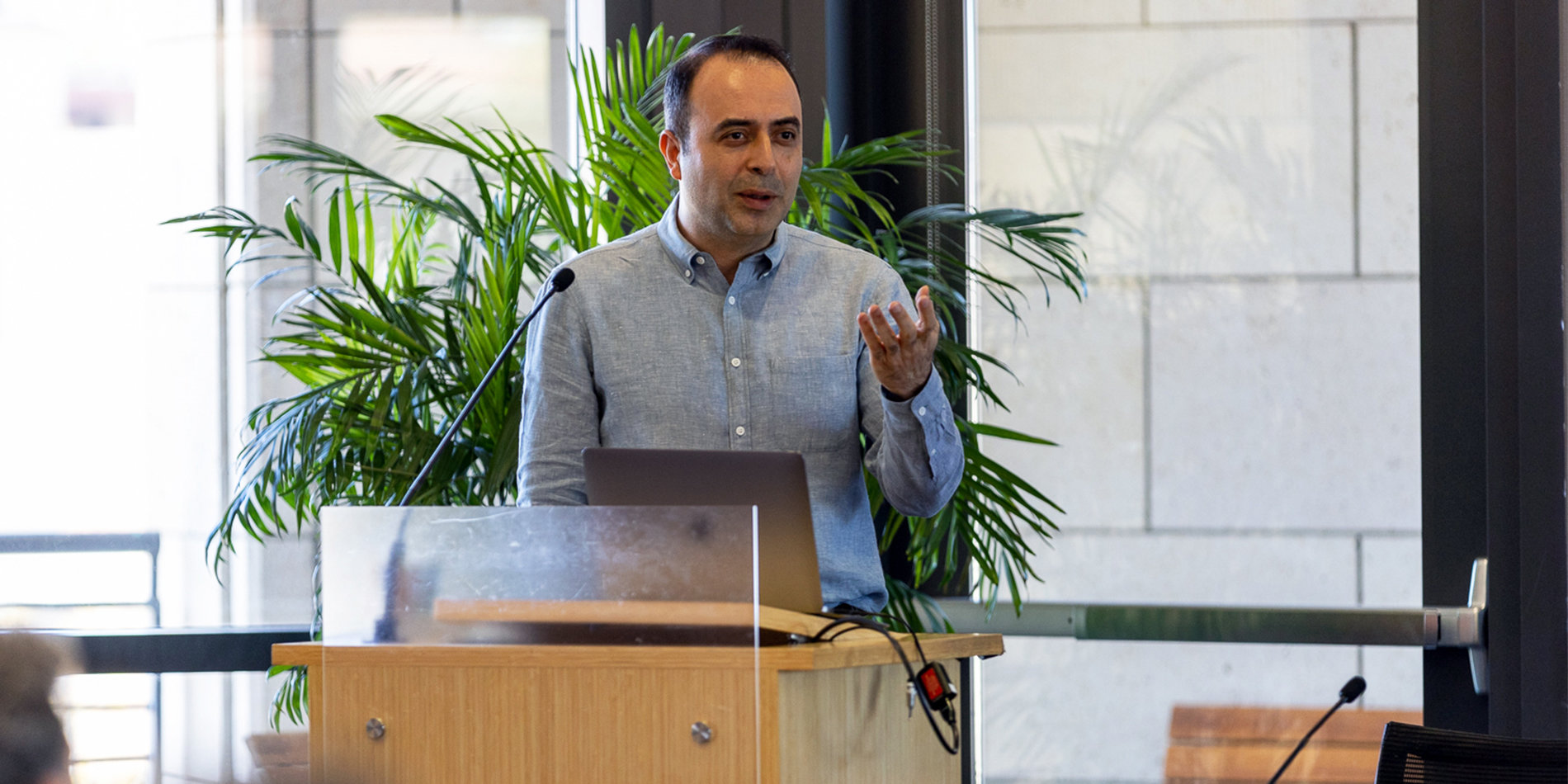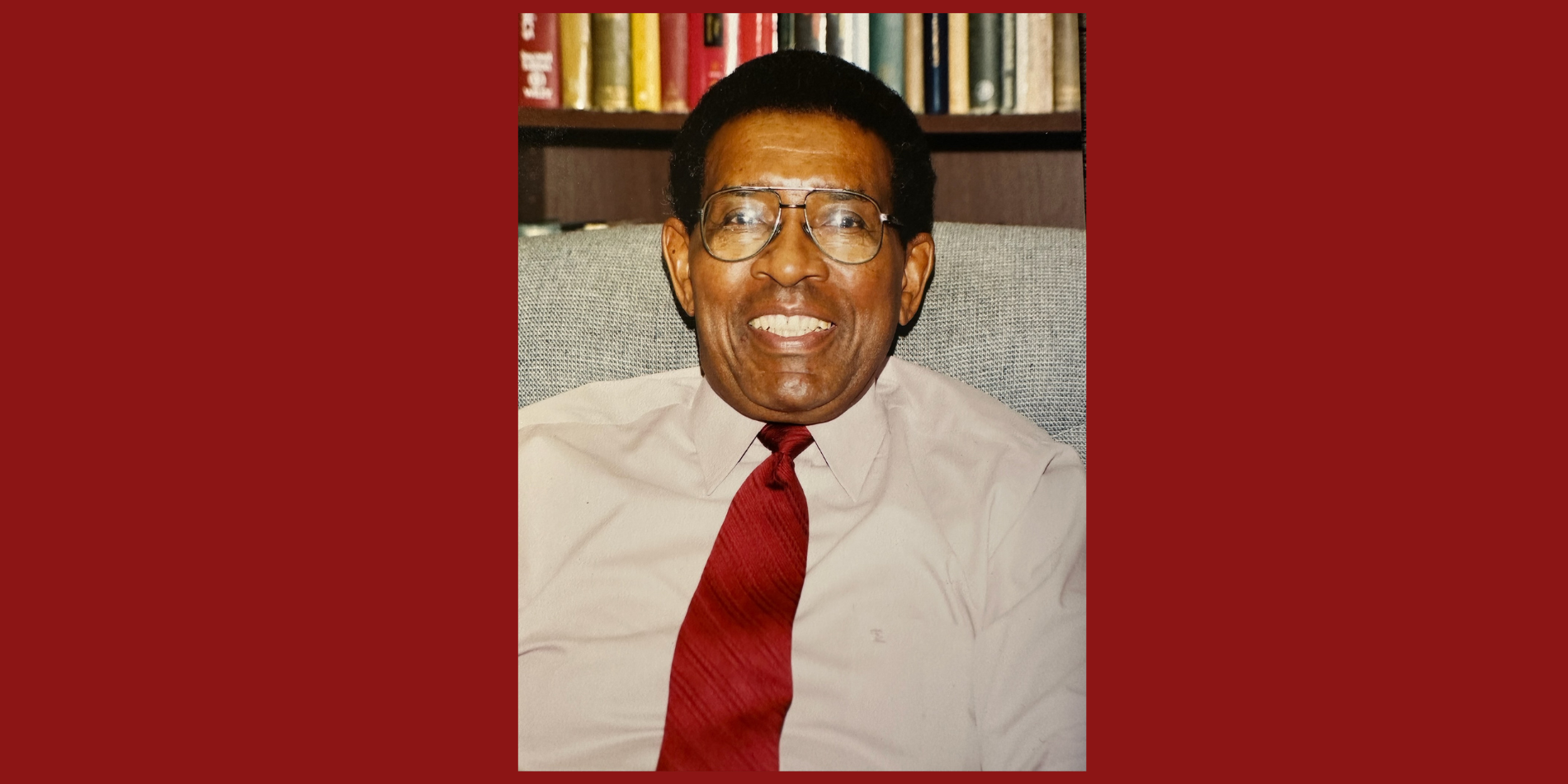Symposium inaugurates Center for Computational Market Design
A new interdisciplinary center at Stanford aims to tackle complex challenges in market design by uniting researchers with expertise in algorithm development, economics, computer science, and operations research.
The Center for Computational Market Design was inaugurated April 1 with a symposium at the Stanford School of Engineering.
“The center will highlight and amplify the work of the vibrant community of scholars, including faculty and students studying market design across campus, and support a thriving interdisciplinary research environment by facilitating workshops, recruiting postdocs and fellows, and bringing together graduate students,” Pamela Hinds, the Fortinet Founders Chair of the Department of Management Science and Engineering, said in introductory remarks.
Market design is the discipline of crafting rules and procedures to create or improve markets, such as those for online advertising, ridesharing services, and even exchanging organs for transplantation. The symposium featured presenters from academia, including two Nobel laureates, as well as speakers from industry and nonprofit organizations.
In an interview, Amin Saberi, a co-director of the center and professor of management science and engineering, said he hopes that research by the center’s members can inform market-related policy decisions in health care, education, transportation, electricity, and the environment.
“One of our goals is to collaborate with industry and the government to analyze existing markets and improve their performance,” Saberi said. “We also hope that the center becomes a launchpad for prototyping new marketplaces.”
Itai Ashlagi, the center’s other co-director and a professor of management science and engineering, said in an interview that the rise of artificial intelligence played a role in the decision to launch the center. “AI is going to be a big player in marketplaces,” he said.
In remarks at the symposium, Saberi called out a 2002 paper by Alvin Roth, professor of economics at Stanford and co-recipient of the 2012 Nobel Memorial Prize in Economic Sciences, that highlighted the emerging discipline of market design. Roth, a member of the new center, advanced the notion of economists as engineers.
Saberi also talked about the contributions of computer scientists, including research done by him and Ashlagi, influencing the design of online marketplaces.
Market design without borders
Roth, the Craig and Susan McCaw Professor in the School of Humanities and Sciences, said that national borders often hinder kidney exchanges. That’s because most countries don’t permit organs from foreign donors to be used within their borders for transplantation. He noted that the World Health Organization even encourages countries’ organ-procurement programs to be self-sufficient – that is, to draw only from the supply within their borders. Roth is not a fan of this approach.
“We don’t require countries to be self-sufficient in anything else,” he said. “When there’s a famine, we don’t advise countries to have a better, more robust agricultural sector. When there’s a COVID pandemic, we don’t advise countries to develop their pharmaceutical sector.”
Roth said one of his goals for the new center is to find ways to clear the logistical hurdles, such as different rules governing health care and patient privacy, that stymie efforts to coordinate kidney exchanges internationally.
“I’m hoping that we’re going to be able to overcome these border issues because end-stage renal disease is a global problem,” he said. “It needs global solutions.”
Opportunities, challenges in market design
During a panel discussion, several speakers discussed the possibilities and perils of AI in market design. Ann Miura Ko, PhD ’10, co-founding partner of the venture capital firm Floodgate, said she believes that generative AI will automate workflows and some knowledge work, such as generating contracts, clearing a path for “solopreneurs” to compete with large, established businesses.
Hal Varian, the chief economist at Google, raised the question of whether algorithms could violate antitrust law, citing a recent lawsuit alleging that several Atlantic City hotels engaged in illegal price-fixing by using the same algorithm to set rates for their rooms. He implicitly suggested that market-design models incorporating AI could potentially run afoul of antitrust law.
Other presenters discussed more specific market-design challenges. Paul Milgrom, professor of economics at Stanford and the Shirley R. and Leonard W. Ely, Jr. Professor in the School of Humanities and Sciences, said he hopes to design a market for water allocation in California. A co-recipient of the 2020 Nobel Memorial Prize in Economic Sciences, Milgrom said he plans to tackle the project by applying lessons he learned as an architect of the Federal Communications Commission’s system for auctioning radio spectrum from television to wireless broadband. Challenges posed by allocating spectrum are somewhat similar to those posed by designing a market for water allocation in the state, he said.
During the reception following the symposium, Ashlagi surveyed attendees as they munched on hors d’oeuvres and sipped drinks. “As a part of the center’s work, we hope to organize workshops that bring experts from outside and inside academia to collaborate,” he said. “We want to inspire the next generation to pursue innovative and effective market design.”



